Gertie Davis was adopted by Harriet Tubman and her husband Nelson Davis in the 1870s, but very little is known about her life.
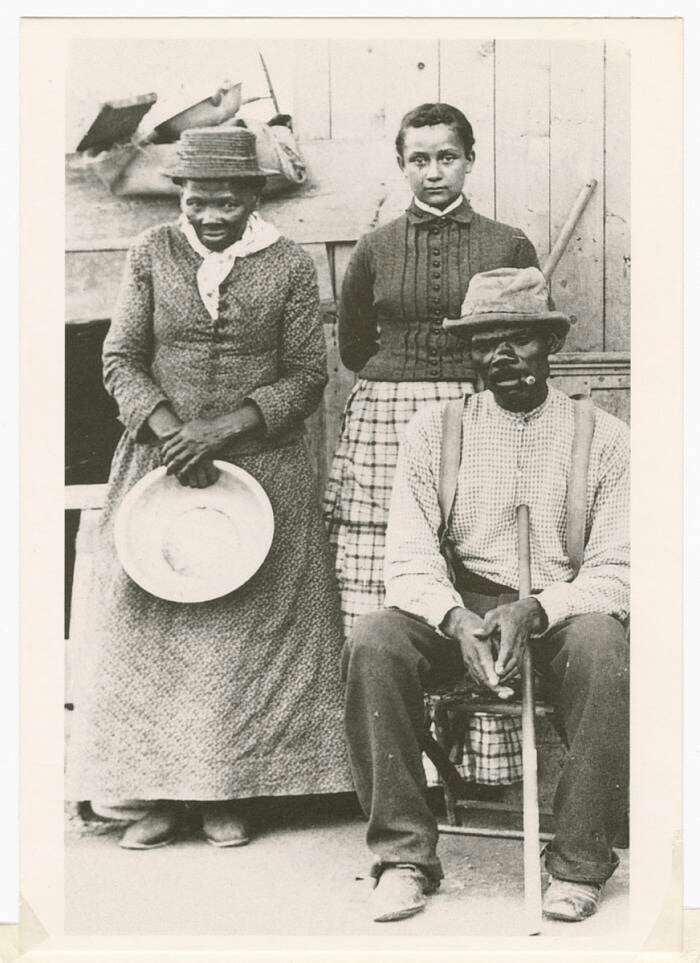
Collection of the Smithsonian National Museum of African American History and Culture, Gift of Charles L. BlocksonGertie Davis with her adopted parents, Harriet Tubman and Nelson Davis. Circa 1887.
The story of Harriet Tubman is well-known. After escaping from slavery, she became a “conductor” on the Underground Railroad and helped dozens of enslaved people escape the South. But less is known about Gertie Davis, the young girl that Tubman and her husband adopted in 1874.
Indeed, Gertie left scant historical record. But her life is part of the larger story of Harriet Tubman, who was much more than just a conductor on the Underground Railroad. She was also a wife, a mother, and a protector.
From Enslaved Woman To Underground Railroad Conductor
More than fifty years before adopting Gertie Davis, Harriet Tubman was born in Dorchester County, Maryland as Araminta Harriet Ross. She grew up enslaved but escaped to Philadelphia in 1849.
There, a young Harriet Tubman threw herself into the Underground Railroad, a secretive network that helped enslaved people escape North. At great risk to herself, she conducted around 13 “trips” and helped some 70 enslaved people escape. Tubman told Frederick Douglass that she had “never lost a single passenger,” according to the Harriet Tubman Historical Society.
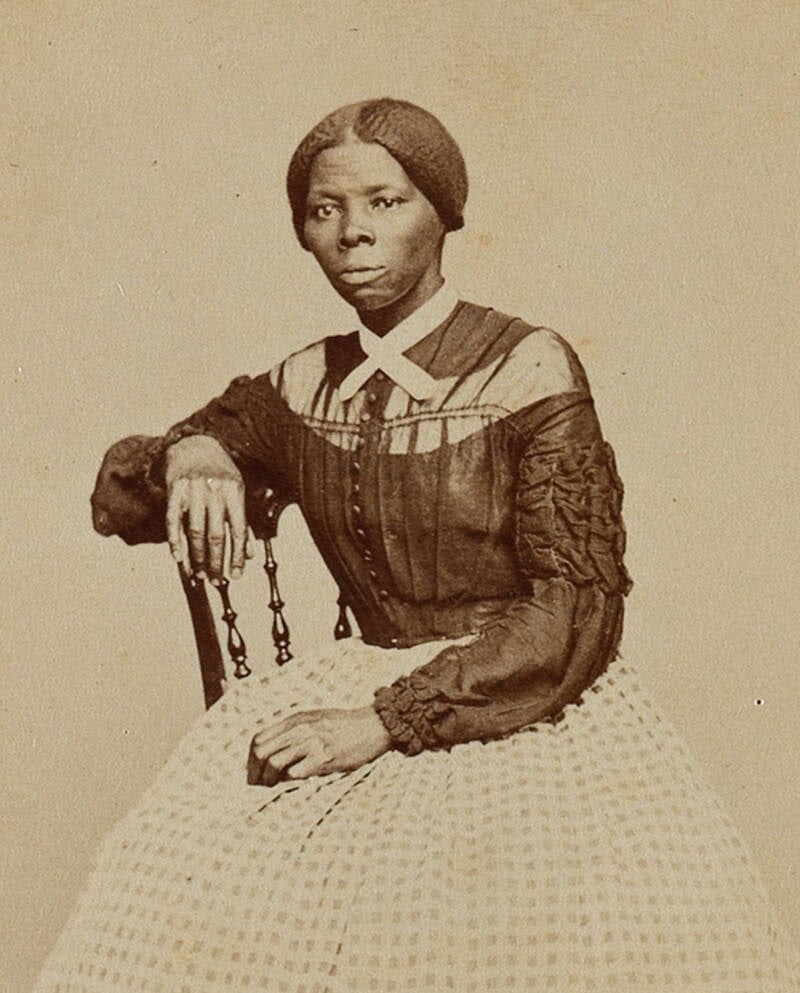
Public DomainHarriet Tubman in the late 1860s. Not only was she a “conductor” on the Underground Railroad, but Tubman also acted as a Union scout during the Civil War and led a raid that freed around 700 enslaved people.
Tubman remained active during the Civil War, working for the Union Army as a scout and spy. After the war ended in 1865, she married a veteran named Nelson Davis (Tubman’s first husband, John Tubman, had refused to go North with her and was shot and killed in 1867).
By the 1870s, Tubman was living in Auburn, New York. And though she was in her 50s, she decided to adopt a daughter: Gertie Davis.
The Little-Known Life Of Gertie Davis
Very little is known about Gertie Davis aside from the basic facts. In 1874, Harriet Tubman and her husband adopted a baby girl they named Gertie.
In the 1880 census, Gertie is listed (perhaps erroneously) as being four years old, and her parents classified her as their “Ad[opted] Daughter.” Her birthplace is listed as New York.
Gertie likely would have grown up on Tubman’s Auburn farm at 182 South Street, a seven-acre property that Tubman had purchased from William Seward’s wife in 1859. According to the National Park Service, Tubman made her farm into a place of refuge, especially for people who had suffered under slavery or during the Civil War. Tubman welcomed “orphans, people who were disabled, and anyone too old to work and support themselves.”
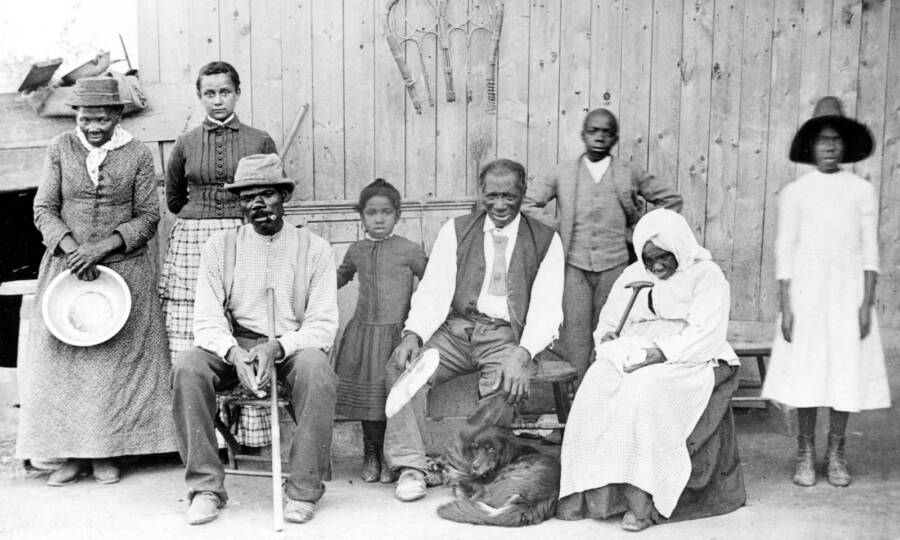
Public DomainFrom left to right: Harriet Tubman, Gertie Davis, and Nelson Davis; a neighbor’s child named Lee Chaney; a boarder named “Pop” John Alexander; Walter Green, another neighbor’s child; Blind “Aunty” Sarah Parker, a boarder; and Dora Stewart, Tubman’s great-niece.
In fact, Harriet Tubman had met her second husband, Nelson Davis, when he came to stay at the farm. He was one of her boarders before they married in 1869, five years before Gertie Davis’ adoption.
As a child, Gertie Davis probably witnessed some of the family’s hardest times — like when their farmhouse burned to the ground in 1880. A boarder had accidentally set it on fire, causing a blaze which destroyed the property. Fortunately, the community rallied to build a new two-story brick house.
Little is known about Gertie Davis’ adult life, apart from the fact that she later married a man with the last name of “Watson.” It’s unclear whether she outlived her parents, or if she died before they did (Nelson Davis died in 1888 of tuberculosis, Tubman of pneumonia in 1913).
Indeed, Gertie Davis has more or less disappeared from the historical record. But she certainly played an important role in Harriet Tubman’s life, which raises the question — what other family did Tubman have?
Did Harriet Tubman Have Other Family?
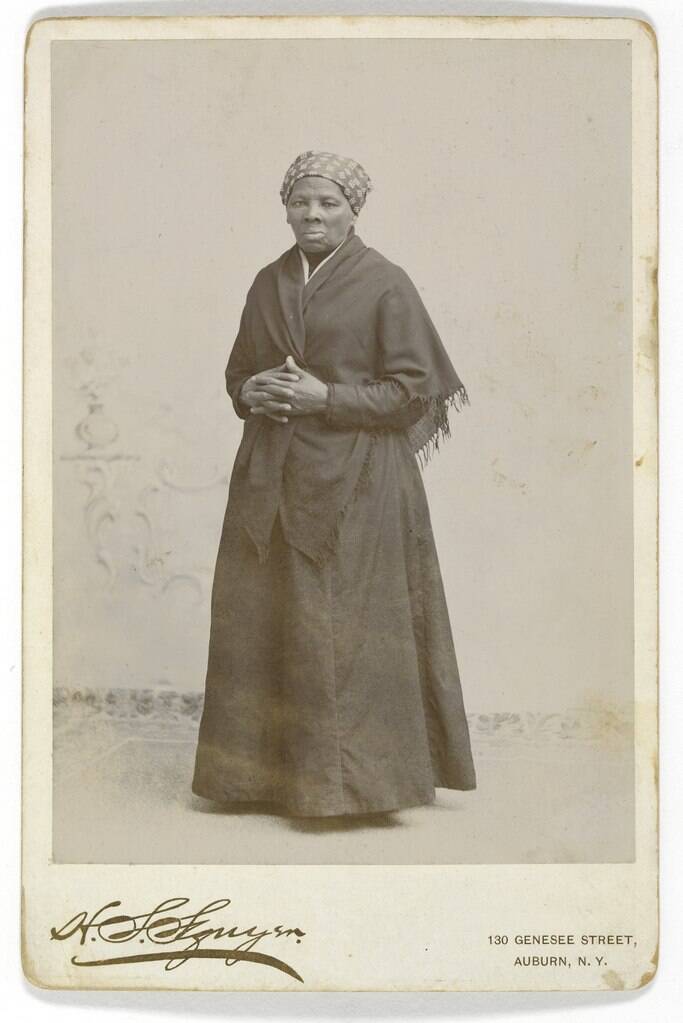
National Portrait Gallery, Smithsonian InstitutionHarriet Tubman in 1885, about a decade after she adopted Gertie Davis.
When Harriet Tubman was born in the 1820s, she came into a large family. Her mother, Harriet “Rit” Green, and her father, Ben Ross, ultimately had nine children between 1808 and 1832. Court records from Dorchester County, Maryland state that Tubman had four brothers: Robert, Ben, Henry, and Moses. She also had four sisters: Linah, Mariah Ritty, Soph, and Rachel.
The National Parks Service reports that Linah also had two daughters, Kessiah and Harriet Jolley, whom Harriet considered sisters.
But as enslaved people, keeping the family together was a struggle. Three of Tubman’s sisters were sold off to a different plantation, and Tubman’s mother had to fight to prevent the sale of Tubman’s brother Moses. And though Tubman’s father, Ben, was freed at the age of 45, he was powerless to help his wife or children.
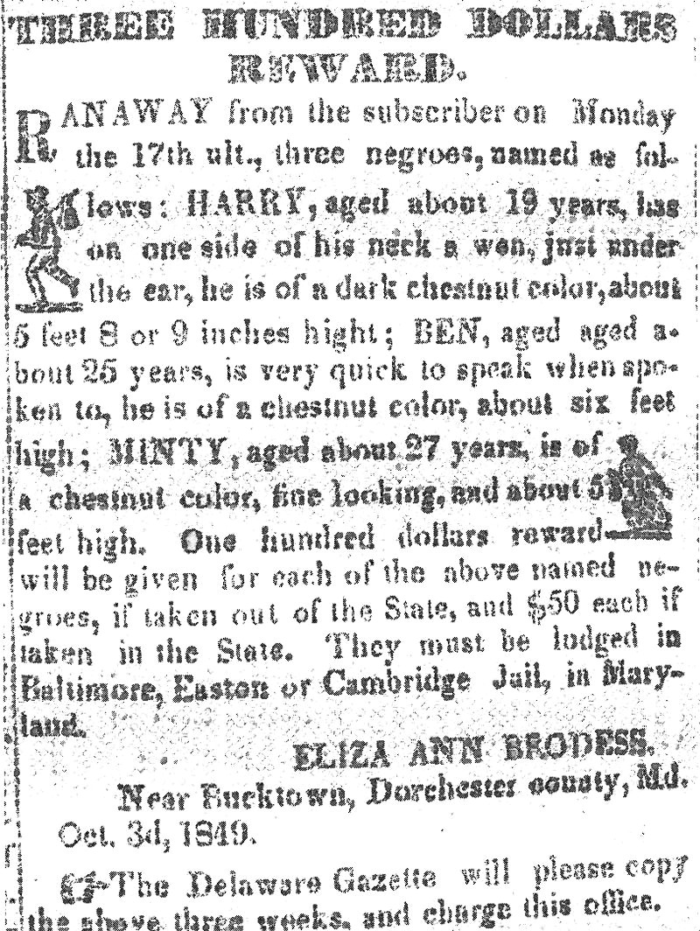
Public DomainA reward poster for Harriet “Minty” Tubman and her brothers after they escaped. Though Tubman’s brothers decided to turn around, Tubman continued on without them — and later returned to rescue them.
Once Harriet Tubman escaped North, however, she returned to the South frequently to help her family. In 1850, Tubman helped smuggle Kessiah and her family to freedom. On subsequent trips, she also rescued her brothers Moses, Henry, Ben, and Robert, and their families. And she also rescued her parents.
They lived with Tubman in Auburn until their deaths — Ben in 1871, and Rit in 1880, at the ripe age of about 100. So while Ben never met his granddaughter, Rit very likely helped take care of Gertie Davis once she joined the family in 1874.
The exact circumstances of Gertie Davis’ adoption are lost to time. But Harriet Tubman clearly cared about her family — both her flesh and blood, and the larger network of Black Americans she helped free and defend. And she seemingly opened her heart to her only known daughter.
Though little is known about Gertie herself, her adoption says a great deal about Harriet Tubman, who spent most of her life taking care of others.
After reading about Gertie Davis, the adopted daughter of Harriet Tubman, discover the largely forgotten story of Bessie Blount Griffin, the enterprising Black entrepreneur who created devices to help veteran amputees during World War II. Or, learn about Mary Church Terrell, the Black activist who pushed for women’s suffrage and racial equality — and whose story has been largely left out of the history books.





